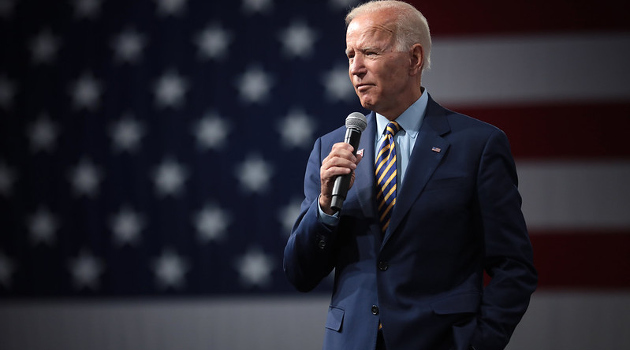Every single economic school of thought agrees with the proposition that investment is a key factor in driving wages and growth.
Even foolish concepts such as socialism and Marxism acknowledge this relationship, though they want the government to be in charge of deciding where to invest and how much to invest (an approach that has a miserable track record).
Another widely shared proposition is that higher tax rates will discourage whatever is being taxed. Even politicians understand this notion, for instance, when arguing for higher taxes on tobacco.
To be sure, economists will argue about the magnitude of the response (will a higher tax rate cause a big effect, medium effect, or a small effect?).
 But they’ll all agree that a higher tax on something will lead to less of that thing.
But they’ll all agree that a higher tax on something will lead to less of that thing.
Which is why I always argue that we need the lowest-possible tax rates on the activities – work, saving, investment, and entrepreneurship – that create wealth and prosperity.
That’s why it’s so disappointing that Joe Biden, as part of his platform in the presidential race, has embraced class-warfare taxation.
And it’s even more disappointing that he specifically supports policies that will impose a much higher tax burden on capital formation.
How much higher? Kyle Pomerleau of the American Enterprise Institute churned through Biden’s proposals to see what it would mean for tax rates on investment and business activity.
Former Vice President and Democratic presidential candidate Joe Biden has proposed several tax increases that focus on raising taxes on business and capital income. Taxing business and capital income can affect saving and investment decisions by reducing the return to these activities and distorting the allocation across different assets,
forms of financing, and business forms. Under current law, the weighted average marginal effective tax rate (METR) on business assets is 19.6 percent… Biden’s tax proposals would raise the METR on business investment in the United States by 7.8 percentage points to 27.5 percent in 2021. The effective tax rate would rise on most assets and new investment in all industries. In addition to increasing the overall tax burden on business investment, Biden’s proposals would increase the bias in favor of debt-financed and noncorporate investment over equity-financed and corporate investment.
Here’s the most illuminating visual from Kyle’s report.
The first row of data shows that the effective tax rate just by almost 8 percentage points.
I also think it’s important to focus on the last two rows. Notice that the tax burden on equity increases by a lot while the tax burden on debt actually drops slightly.
This is very foolish since almost all economists will acknowledge that it’s a bad idea to create more risk for an economy by imposing a preference for debt (indeed, mitigating this bias was one of the best features of the 2017 tax reform).
———
Image credit: Gage Skidmore | CC BY-SA 2.0.


